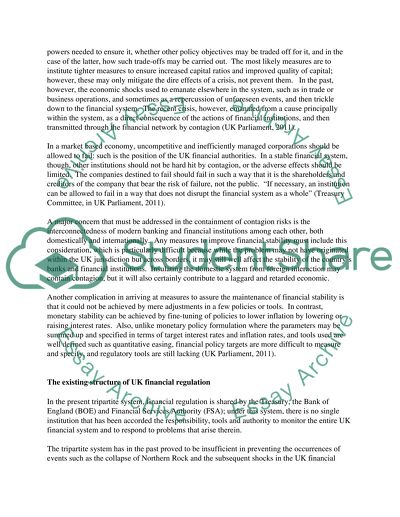Cite this document
(“Discuss the banking regulatory and market framework in UK, address Assignment”, n.d.)
Retrieved de https://studentshare.org/finance-accounting/1391829-discuss-the-banking-regulatory-and-market-framework-in-uk-address-thestrengths-weaknesses-opportunities-and-threats
Retrieved de https://studentshare.org/finance-accounting/1391829-discuss-the-banking-regulatory-and-market-framework-in-uk-address-thestrengths-weaknesses-opportunities-and-threats
(Discuss the Banking Regulatory and Market Framework in UK, Address Assignment)
https://studentshare.org/finance-accounting/1391829-discuss-the-banking-regulatory-and-market-framework-in-uk-address-thestrengths-weaknesses-opportunities-and-threats.
https://studentshare.org/finance-accounting/1391829-discuss-the-banking-regulatory-and-market-framework-in-uk-address-thestrengths-weaknesses-opportunities-and-threats.
“Discuss the Banking Regulatory and Market Framework in UK, Address Assignment”, n.d. https://studentshare.org/finance-accounting/1391829-discuss-the-banking-regulatory-and-market-framework-in-uk-address-thestrengths-weaknesses-opportunities-and-threats.


